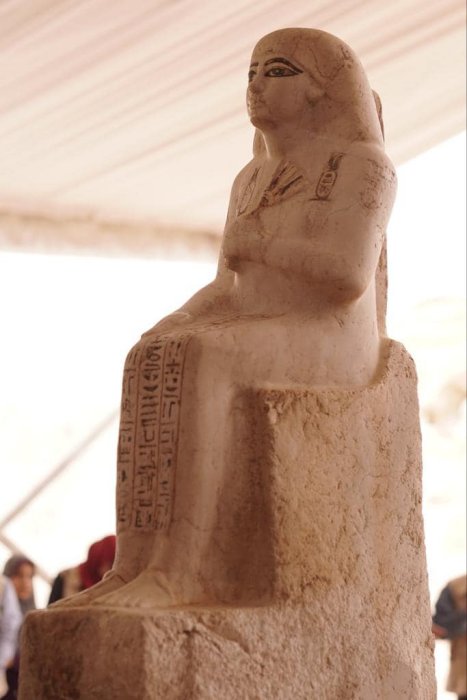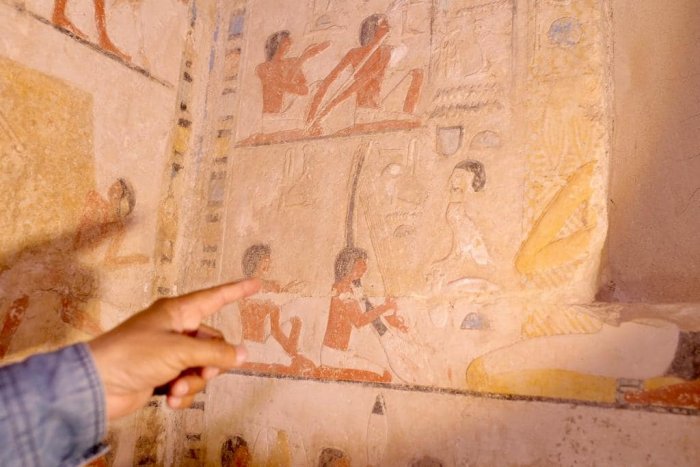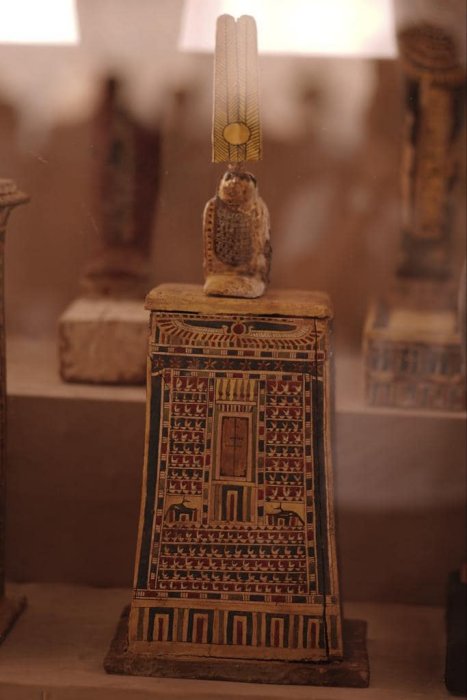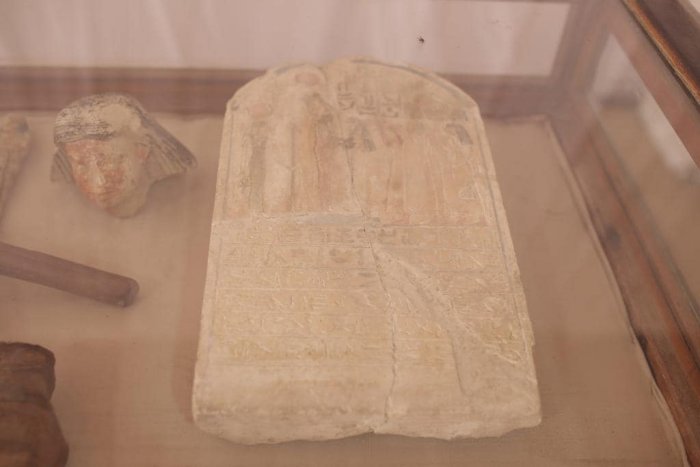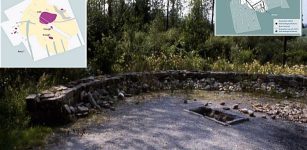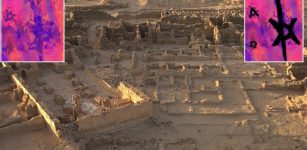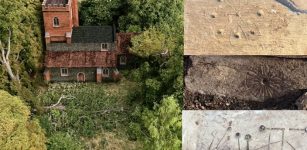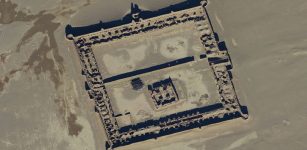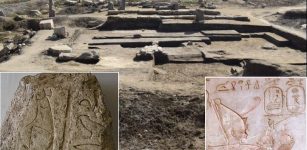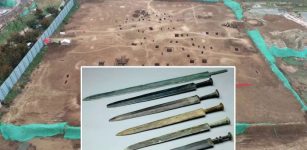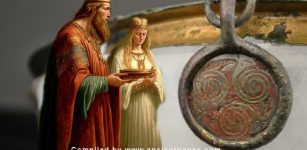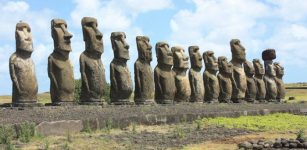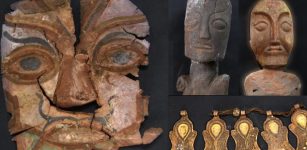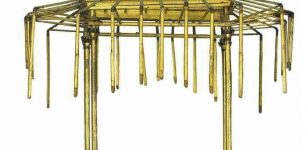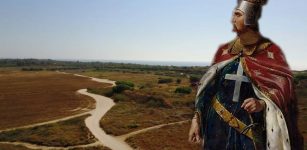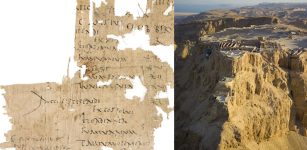Largest And Most Complete Ancient Egyptian Workshops Found In Saqqara
Jan Bartek - AncientPages.com - Archaeologists excavating in the Saqqara necropolis, Egypt, have unearthed two stunning embalming workshops. During a press conference, the Ministry of Tourism and Antiquities announced these workshops dedicated to humans and animals are the largest and most complete found to date. The archaeological excavation team also found two magnificent tombs and a significant collection of artifacts.
Credit: Ministry of Tourism and Antiquities
The burial places are from different historical periods. One is from the Old Kingdom while the other belongs to the New Kingdom. Dr. Mustafa Waziri, General Secretary of the Supreme Council for Archeology said the embalming workshops date back to the 30th Dynasty (380-343 BC) and the Ptolemaic period (305-30 B.C). A collection of ushabti figurines was also unearthed.
Credit: Ministry of Tourism and Antiquities
"The human embalming workshop is a rectangular building with multiple rooms containing stone beds measuring two metres long and 50 cm. These beds were used for the mummification of the deceased. They were covered with plaster and featured gutters. Among the artifacts found within the workshop were clay pots, tools and ritual vessels used for mummification.
Credit: Ministry of Tourism and Antiquities
The other workshop, also rectangular in shape, was constructed with mud walls and stone floors. It consisted of several rooms where a collection of clay pots and animal burials were unearthed. Bronze tools used in the mummification process were also found. The workshop contained five stone beds, distinct from those discovered in the human embalming workshop," Ahram Online reports.
"According to initial studies, it is believed that this particular workshop was used for the mummification of sacred animals," Waziri said.
Credit: Ministry of Tourism and Antiquities
One of the unearthed tombs which is a mastaba structure (a flat-roofed structure) with a painted stone facade belongs to a prominent official named Ne Hesut Ba from the Old Kingdom’s Fifth Dynasty, dating to around 2400 BC. Ne Hesut Ba held the esteemed positions of head of scribes and priest of Horus and Maat.
Mohamed Youssef, the director of the Saqqara site, stated the second tomb belongs to a Qadish Priest named Men Kheber from the New Kingdom’s 18th Dynasty, dating to around 1400 B.C.
As reported by Ahram Online, "the tomb is cut from the rock with a decorated door and lintel bearing the names of the deceased and his wife. The tomb is decorated with scenes showing the deceased in different positions before offering tables. The interior of the tomb contained a one metre alabaster statue of the tomb's owner. The statue portrays the deceased wearing a long dress and a wig, holding a lotus flower in one hand. The statue is adorned with hieroglyphic text written in blue.
Credit: Ministry of Tourism and Antiquities
Among the other findings was a collection of wooden statues depicting a man named Nesu Henu and his wife from the Fifth Dynasty, as well as an anthropoid painted coffin from the third intermediate period.
Credit: Ministry of Tourism and Antiquities
Credit: Ministry of Tourism and Antiquities
Credit: Ministry of Tourism and Antiquities
During a press conference held on Saturday at the Bubastian necropolis in Saqqara, Minister of Tourism and Antiquities Ahmed Issa highlighted the importance of the site, which houses the famous Step Pyramid of Djoser and numerous pyramids of kings and queens.
See also: More Archaeology News
He emphasized the work carried out to develop the area as a unique tourist destination, aligns with Egypt's National Tourism Strategy. The strategy aims to increase tourism to the country by 25 to 30 percent per year, he said.
“I assure you that Egypt, especially the archaeological site of Saqqara, has not yet revealed all its secrets and there are many more to come,” Issa asserted.
Written by Jan Bartek - AncientPages.com Staff Writer

